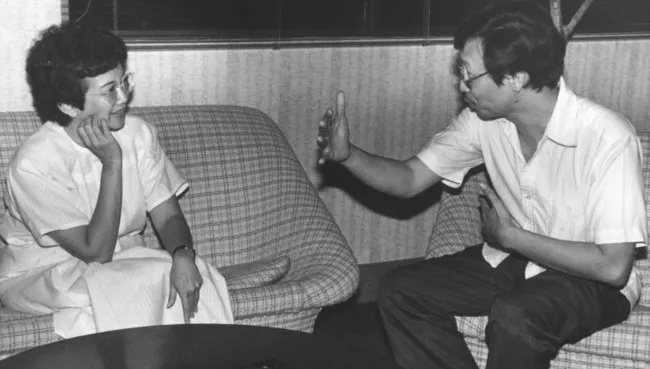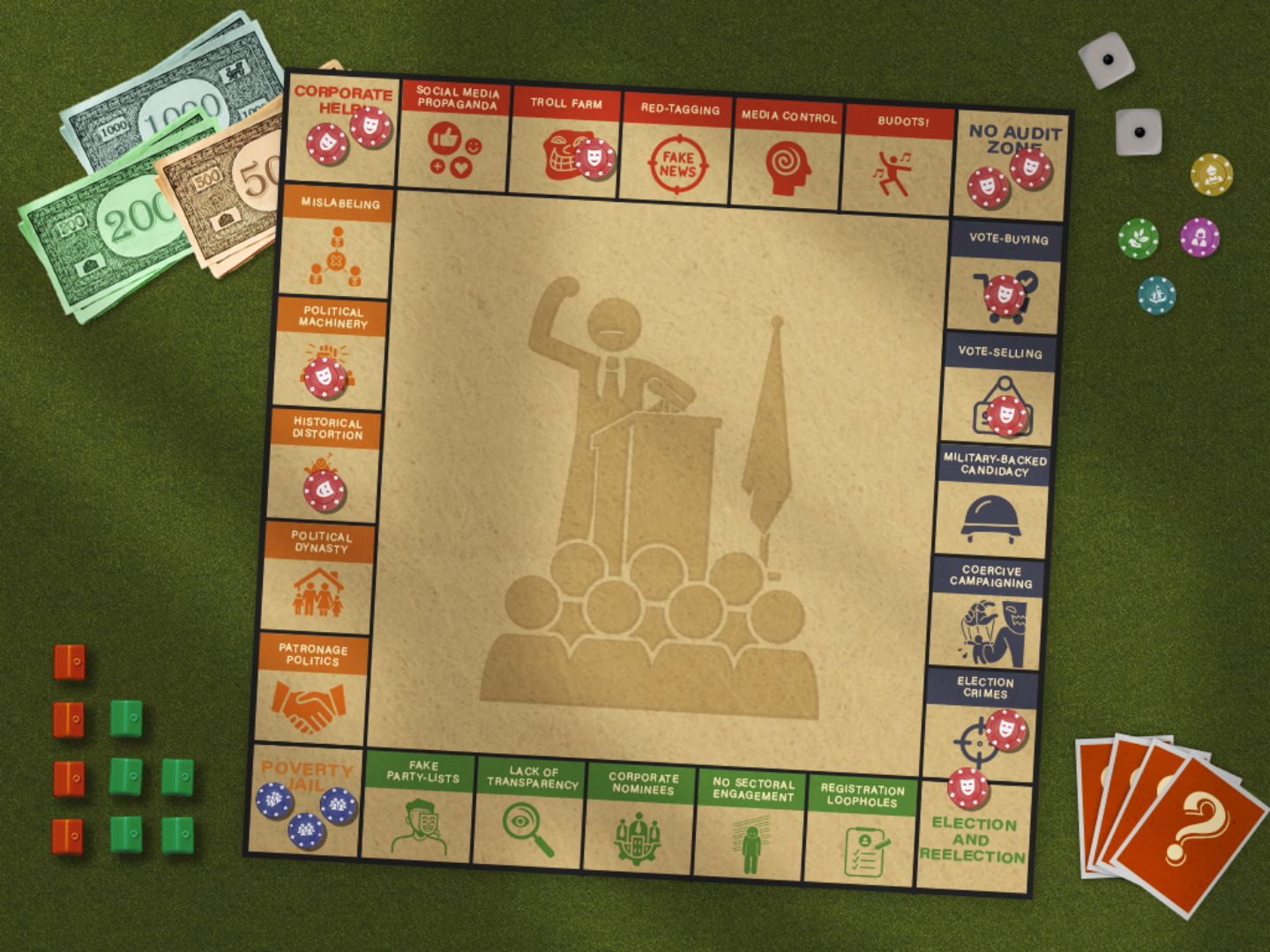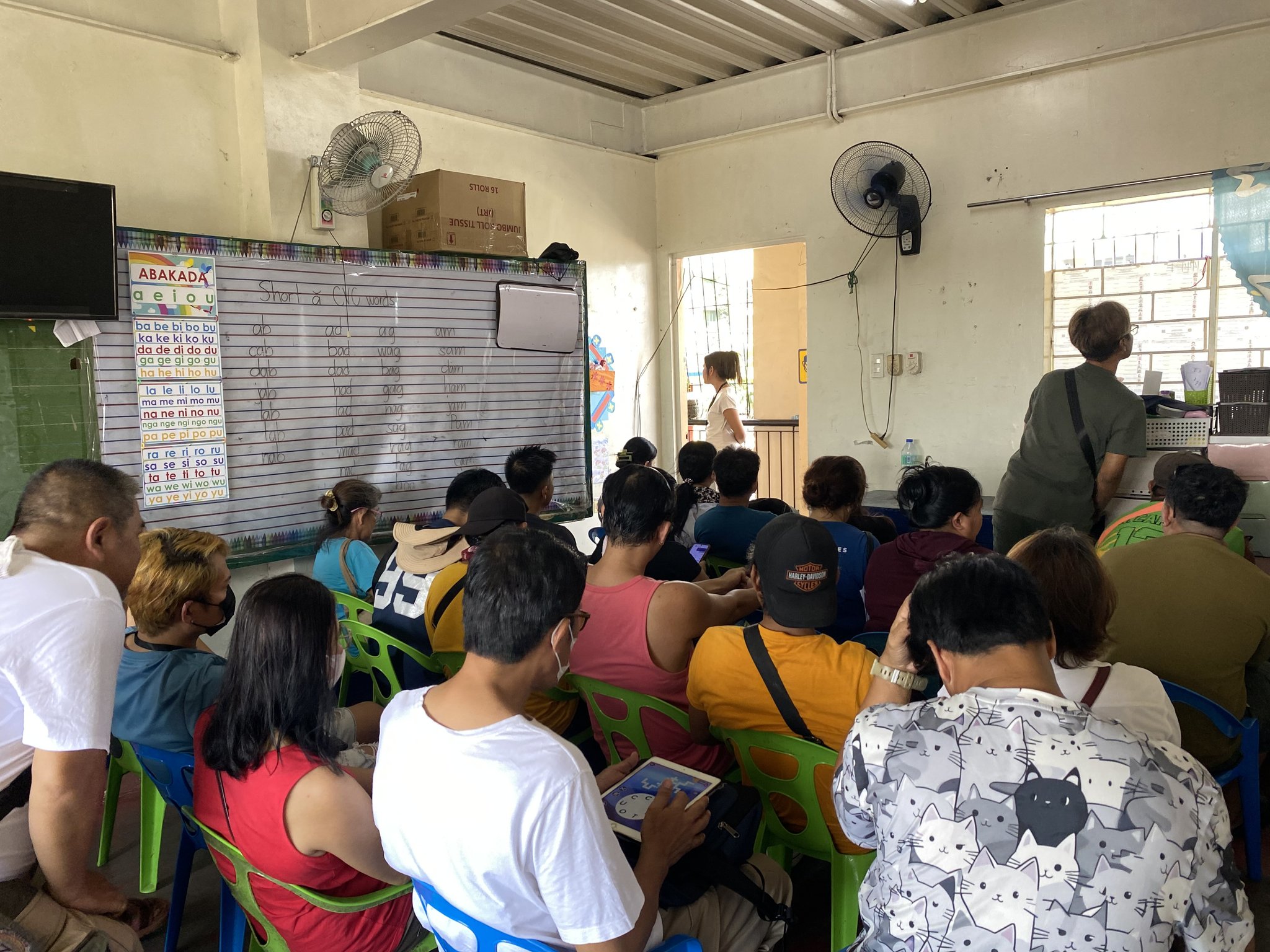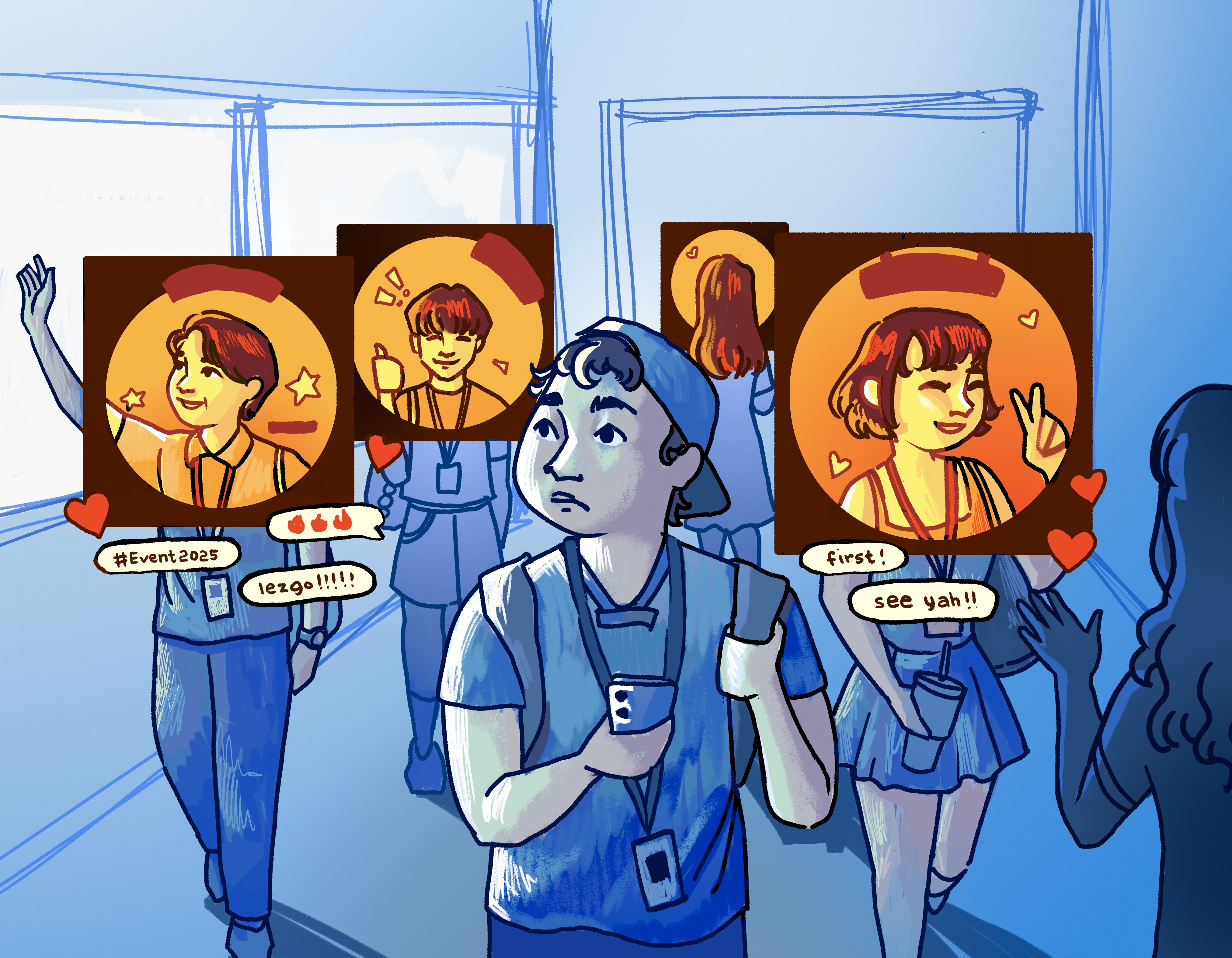By RAMON GUILLERMO
The 1986 snap elections saw the national democratic left put out a boycott stand.
According to them, it was because the elections seemed like another charade to legitimize Marcos’ rule as in the past elections. In their analysis, since Marcos still had the overt support of the American government, he was capable of rigging the elections through massive fraud and deception. The second reason was, that Cory Aquino’s program of government, aside from its liberal and anti-fascist posture, offered no concrete and decisive stand on the fundamental problems of society. The Aquino program was vague on land reform, its economic program gave no mention of vested foreign interests and control, it was vacillating on the bases issue, and it saw peace as simply the laying down of arms.
They took note, however, of the capacity of the opposition through Aquino, to mobilize the masses in huge numbers. They saw the danger that this upswelling may be influenced by the bourgeois democratic reformist line which could lead to the loss of the left’s leadership in the anti-fascist struggle.
And that, precisely, is what happened in the February uprising. The left, caught by surprise at the sudden string of events, joined the celebrations at the ouster of Marcos and, rather belatedly, began to study this once unthinkable scenario. They came up with the analysis that due to seeming progressive moves at the early stages of the Aquino government, Cory Aquino was a liberal democrat in a “rainbow” coalition of a small group of progressives and liberals.
A larger bloc of conservatives and military elements, however, were opposed to Cory’s liberal tendencies and actively blunted her pro-people efforts. Looking at the Aquino coalition government as reducible into two political blocs, one liberal and one conservative, they saw the possibility of an alliance between them and the Aquino liberal bloc. That as the contradictions between the two opposing factions increase when it comes to issues affecting the people, and as the conservatives and rightists began to attempt power grabs and coups with the assistance of the loyalist and rightwing factions in the military, Aquino and the other “liberals” would then form an alliance with the left.
They then saw a propaganda drive in the newly opened “democratic space” as the way to achieve a people’s democratic alliance, and regain their mass leadership. They tried to raise the consciousness of the masses beyond the anti-fascist line, one that would call for profound economic and political changes. An anti-feudal, anti-imperialist line. This they saw during the drafting of the new constitution and negotiations for the peace talks.
During the drafting of the new constitution, they immediately criticized what they called the elite composition of the Constitutional Commission. In spite of this, they continued to work for pro-people provisions. Farmers marched and demonstrated to urge for a real land reform provision. The minority of progressive commissioners fought for a less ambiguous stand on issues like the presence of US military bases in the country.
In the end, they proved too weak to sway the battle to their side. Commissioners Jaime Tadeo and Lino Brocka with others walked out in frustration at the futility of their struggle against what was now a constitution deep in the chasm of conservative interests.
In December 1986, the NDF vowed to put the ceasefire in the context of solving the country’s fundamental problems. Ten “talking points” were put out, namely: the establishment of a government of the people and not of the elite; a nationalist, pro-people army; full restoration of democratic rights; termination of unequal relations with the US; genuine land reform, and the redistribution of large land-holdings; nationalist industrialization; adequate wages, housing and jobs for all; self-determination of the Moro and Cordillera peoples; free public education and the propagation of a nationalist culture; and a pro-people, independent, peace-loving foreign policy.
On the other hand, the government side came out with a four-point agenda: the quick socio-economic recovery program; social amelioration; socio-economic reforms within the constitutional framework and a general amnesty with honor for the rebels. This agenda quickly came under fire as according to the NDF negotiators, skirted the issues and stressed “quick” and palliative “solutions” to the insurgency. The third point in the agenda on socio-economic reforms could have the most wide-ranging influence had it not been limited within the framework of the draft constitution.
After a series of circular talks which gave rise to the 60-day Christmas ceasefire, the NDF decided to drop out of the talks because according to the negotiating panel “the government was intent on keeping the peace talks within the feudal, pro-imperialist framework.” This announcement came not incidentally, the day after the massacre of 19 farmers at Mendiola on January 22. After that, many other things that happened: the Lupai massacre where 17 civilians were killed, three workers killed at a strike in the Bataan Export Processing Zone, the brutal murder of labor leader Olalia, the killing of NDF negotiator Jovito Plaza and 89 other members of the NDF, the removal of Bobbit Sanchez and the easing out of other progressives in government.
President Aquino now said that she would “unleash the sword of war” because the rebels were unwilling to surrender peacefully. In accordance with the LIC doctrine and “total war” vigilante groups like the Alsa Masa and death squads were beginning to be formed, later to be endorsed by Cory Aquino and Cardinal Sin. Human rights violations continued to mount, taking even more grotesque forms.
To the left, the Aquino government had now become the US-Aquino regime, liberal in appearance but fascist in essence.
This marked the end of Cory Aquino’s “honeymoon” with the left. Today, she had completed the political consolidation of her government with the recent local elections. Her military is gearing up for a new anti-insurgency drive to further the “total war” policy.
Meanwhile, the revolutionary forces have kept on growing at an unprecedented pace. It has expanded 25 percent from 1985-1988 including two percent for the first two months of this year. Jose Ma. Sison has said recently that the NPA may reach a stalemate with the military in two years.
Though the military component of the revolutionary movement may be growing, they now face a consolidated government political machinery, making their political-propaganda work even more difficult. Figures from the CPP have admitted that they are having problems in their political campaigns. Dismal failures, like the boycott stand, “no” to the constitution, and the fielding of candidates in the senatorial elections underline this.
Thus, as issues like the bases, land reform, better wages to labor and the increasing human rights violations come up, the national democratic left faces new challenges in bringing these to the people in the light of the anti-imperialist struggle. ●
Published in print in the Collegian’s February 23, 1988 issue.







